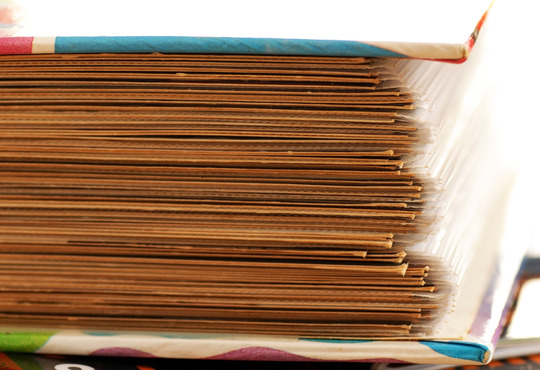
The Difference Between DIY and Professional Media Restoration
In the case of disasters like these, proper protocol must be followed, or you risk exacerbating your material losses and spreading mold into the home. Steamatic would like to share with readers two separate solutions for document and media restoration that can help you whether your unique situation calls for DIY or professional help.
DIY tips for handling water-damaged photos:
If at all possible, seek professional media restoration. DIY methods risk causing further damage, and so those seeking professional help are encouraged not to handle anything until Steamatic workers arrive. If you are uninterested in professional help, but cannot leave your items bobbing in water, then proceed with the following steps.
- Handle with extreme care. This probably goes without saying, but water-damaged documents and photographs are extremely susceptible to further damage. Carefully lift the damaged items from the water or wet box and separate any that are stacked together. Do not touch the wet surface of any images where possible.
- Gently rinse both sides of the images in clean, cold water. Again, do not touch the actual surfaces of the photographs, and do not rub or scrub. You are only rinsing off any dirt or contaminated water.
- Lay them out to dry facing up on clean towels that will not be ruined with any running ink or colour stains. Change your towel or paper towel every 1-2 hours until the items are dry.
The industry-leading Steamatic solution:
If you opt for professional assistance with your photo and document restoration, you can rest assured that you are in good hands. Steamatic’s cold vacuum-drying technology produces the best results in the industry.
It is important to contact Steamatic within 24 hours for best results. The longer your items or photographs sit, the worse they will be. Steamatic can restore photos, papers, books, x-rays, and more. Steamatic workers transfer your items into carefully-labeled boxes to protect your confidentiality and maintain organization, and store them in powerful freezers that flash-freeze your items in a way that is not possible with commercial refigerators. Once frozen, we freeze-dry your documents in a process that turns ice solids into gas under very low pressure. The water vapours created in this process are then captured so as not to damage your items.
If you feel your water damaged items require a proper professional touch, then contact us today to have your documents restored!

